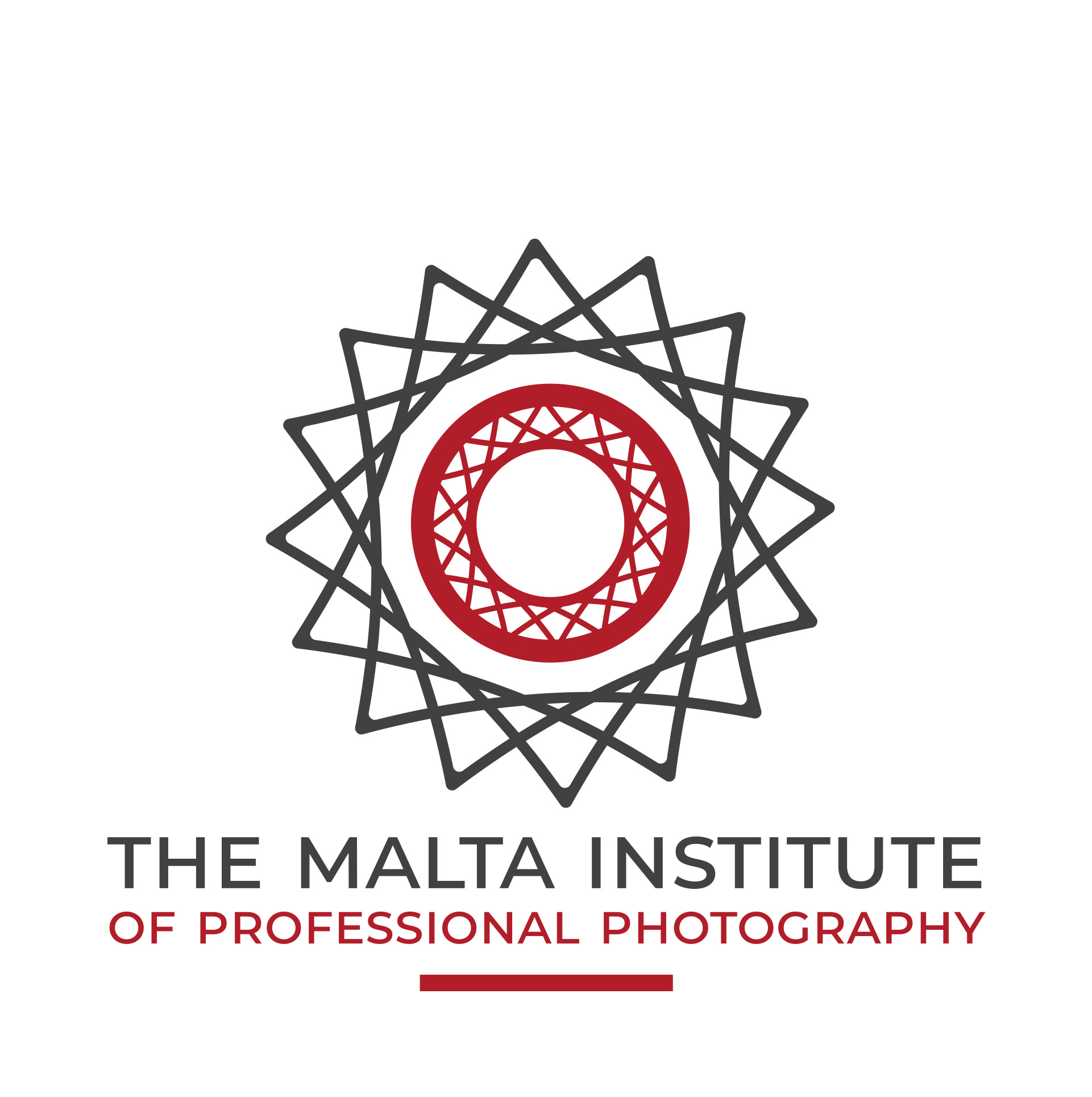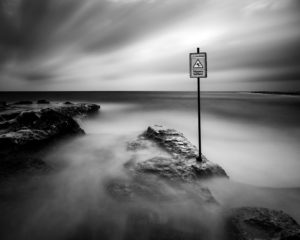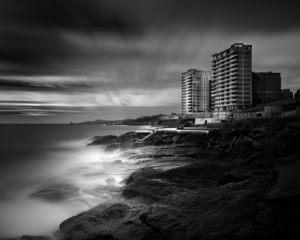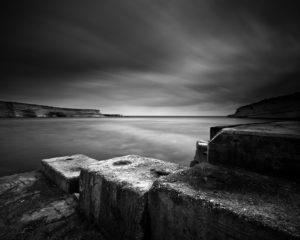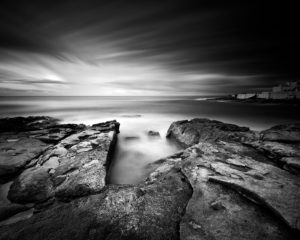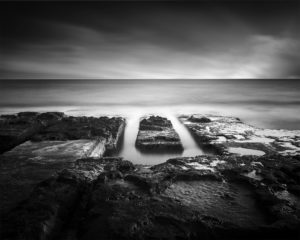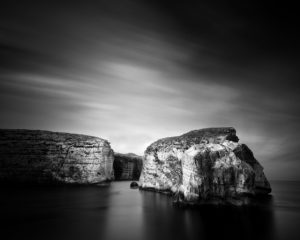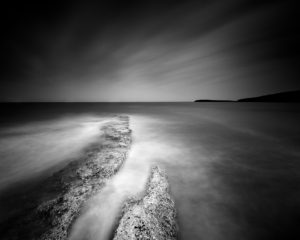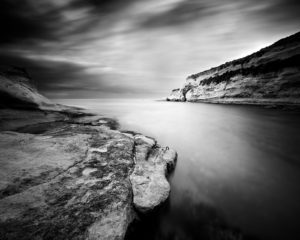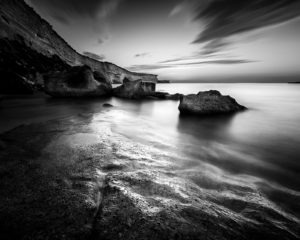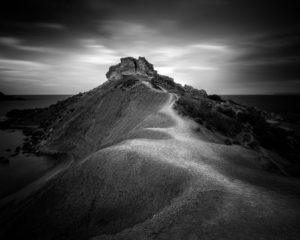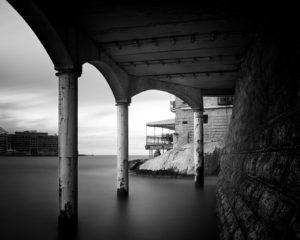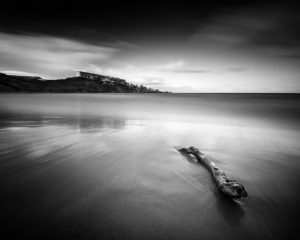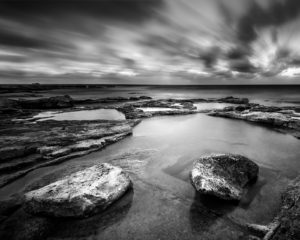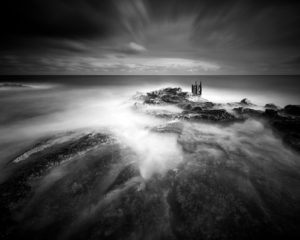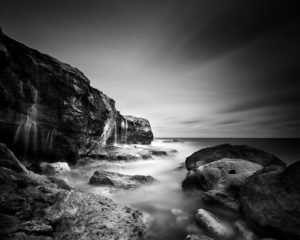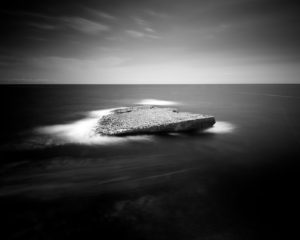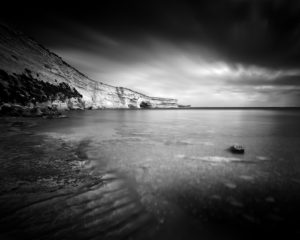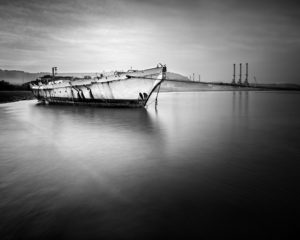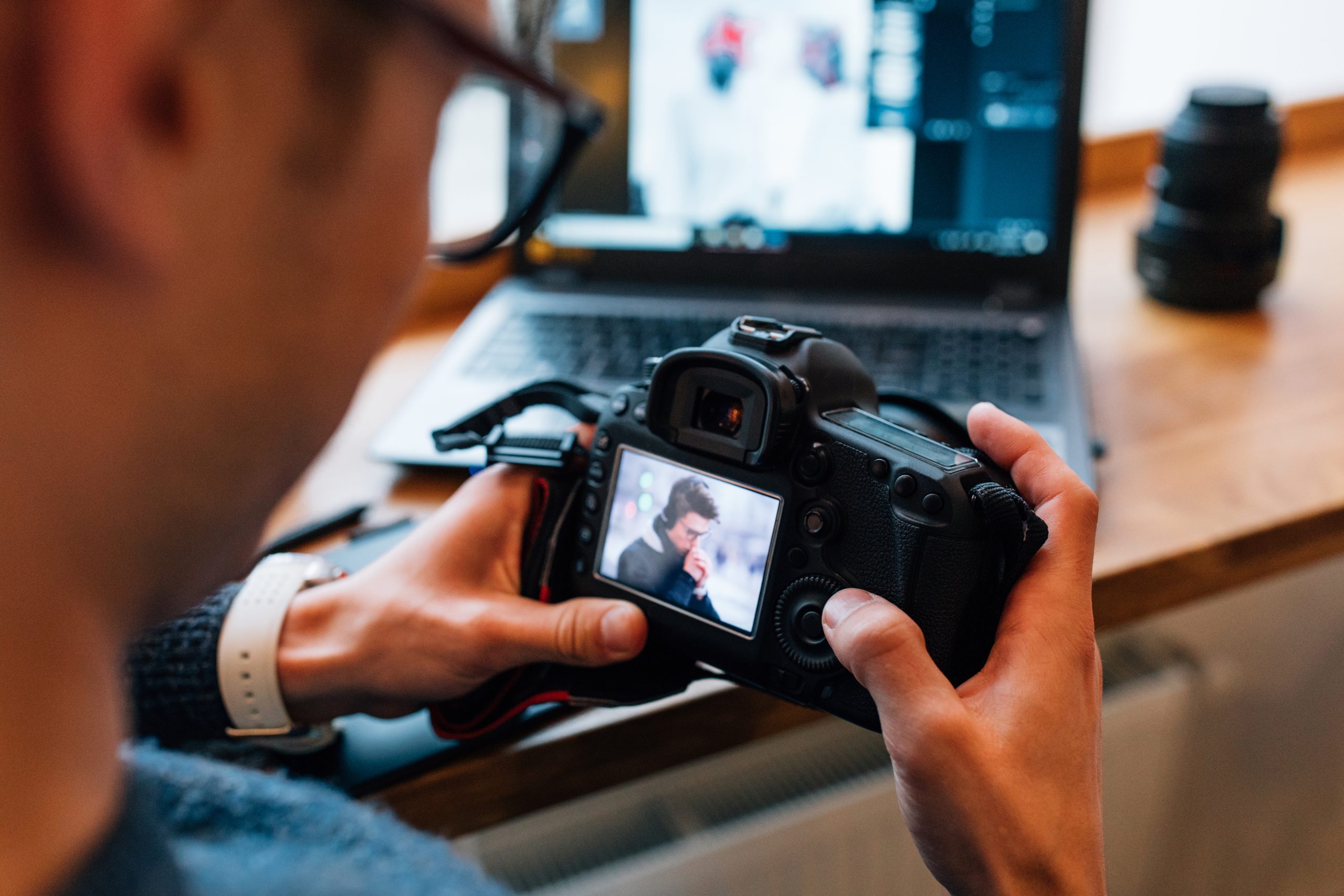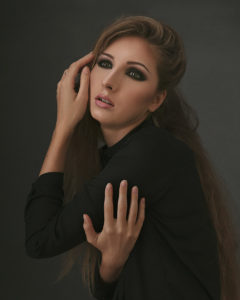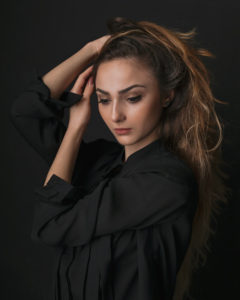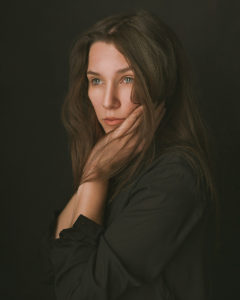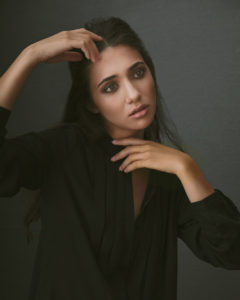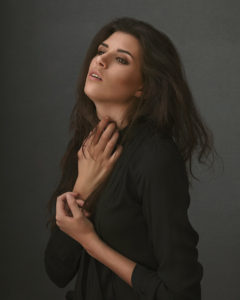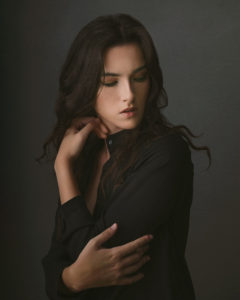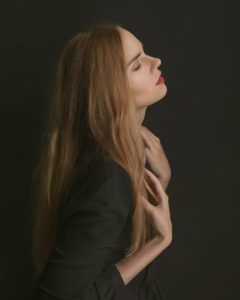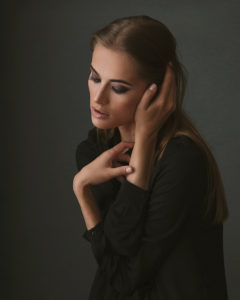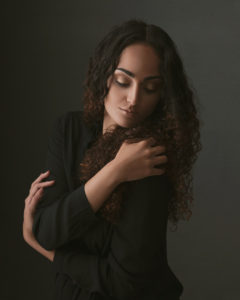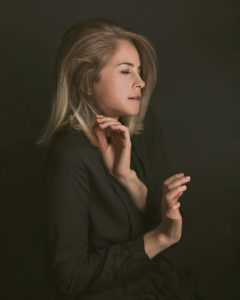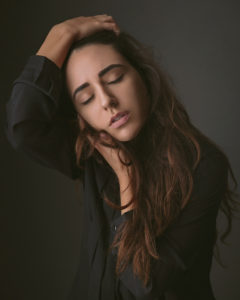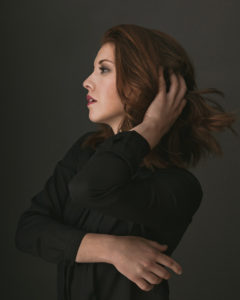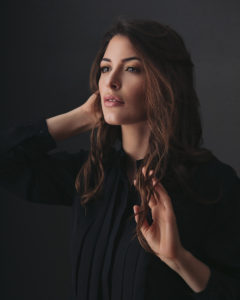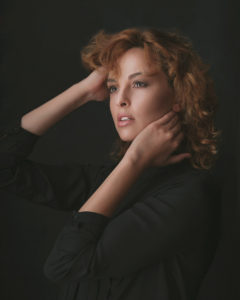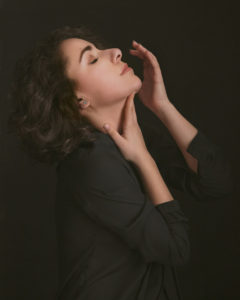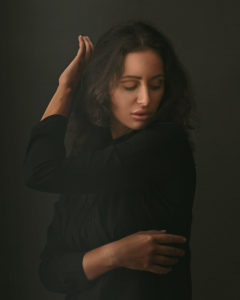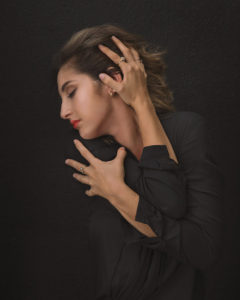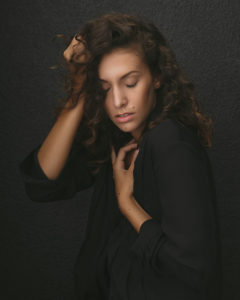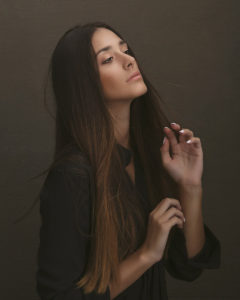Course Skill Level: BEGINNER TO INTERMEDIATE
DATES FOR NEXT INTAKES: Two intakes for 2024:
Summer Intake
- Session 1: Tuesday 27th August 2024 from 6.30-8.30pm
- Session 2: Monday 2nd September 2024 from 6.30-8.30pm
- Session 3: Monday 9th September 2024 from 6.30-8.30pm
- Session 4: Thursday 12th September 2024 from 6.30-8.30pm
- Session 5: Monday 16th September 2024 from 6.30-8.30pm
Winter Intake
- Session 1: Wednesday 13th November 2024 from 6.30-8.30pm
- Session 2: Wednesday 20th November 2024 from 6.30-8.30pm
- Session 3: Wednesday 27th November 2024 from 6.30-8.30pm
- Session 4: Wednesday 4th December 2024 from 6.30-8.30pm
- Session 5: Wednesday 11th December 2024 from 6.30-8.30pm
MIPP’s face-to-face Adobe Lightroom workshop introduces students to the digital possibilities of image manipulation and file management. Education is key, but it should also be fun. We teach a user-friendly digital workflow that promotes efficiency and the comfort of knowing your images are organised and safely backed up.
Classes are limited to 8 places, so book your place today.
What to Bring?
• Bring your laptops and relevant charger, mouse or trackpad
• Adobe Lightroom Classic installed and updated to most up-to-date version
• External HARD DRIVE – if you own one
• We will provide you with a notepad and pen for notes
COURSE OUTLINE – ADDITIONAL INFORMATION
Week 1: Let’s Get Organised
Adobe Lightroom is an intuitive piece of software that really can save you time. However, there is some preliminary work that needs to be done for this to occur and this involves implementing a DAM system. What on earth are we talking about, you ask? Let’s organise our images in a manner that makes finding your images easy. This week we introduce you to the way a professional photographer manages their hundreds of thousands of images into a concise, logical, and systemised workflow, along with filtering results in preparation for editing.
Week 2: Technical meets Creative
What constitutes a “good photo?” This week we delve into image labelling and the architecture of the Develop Module, looking at the photograph from both a technical and creative perspective. Critical analysis is a key ingredient to growth, so what aspects can be enhanced to improve the overall aesthetic of the image? Looking at the various ways to manipulate the overall look using global adjustment tools related to white balance, brightness, contrast, shadows, highlights, histogram insights and colour just to name a few, this week we will explore that a little can go a long way.
Week 3: Advanced Tabs
This week we explore the well-engineered tools Lightroom has to offer, in making localised adjustments, changes to specific areas of an image. Further we look at colour manipulation including black and white conversion and the nuances associated with the graduation of tone. We employ an old darkroom technique called Dodge and Burn to influence the way an image is read. After all, we are the authors of the story that is being told.
Week 4: Streamlining
Today, we discover the beauty of synchronising and bulk adjustments. Time is money, regardless of whether photography is a hobby or a career. We continue with the creation of importing and editing presets to streamline the common or repetitive processes one develops when using postproduction software such as Lightroom.
Week 5: Publishing
Whether an image is destined for the web or for a vacant wall in someone’s living room, there are some crucial checks that need to be exercised just to ensure what you see on screen is what you are truly going to get. Today, we go through the soft proofing process, ensuring that the adjustments made are transferrable to paper. Once complete we prepare presets and develop your understanding of exporting your files and managing your edited images, bringing full circle back to the beginning, ready for your next shoot.
